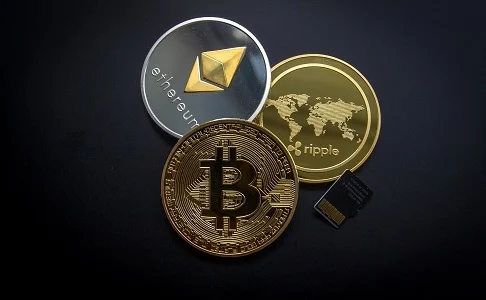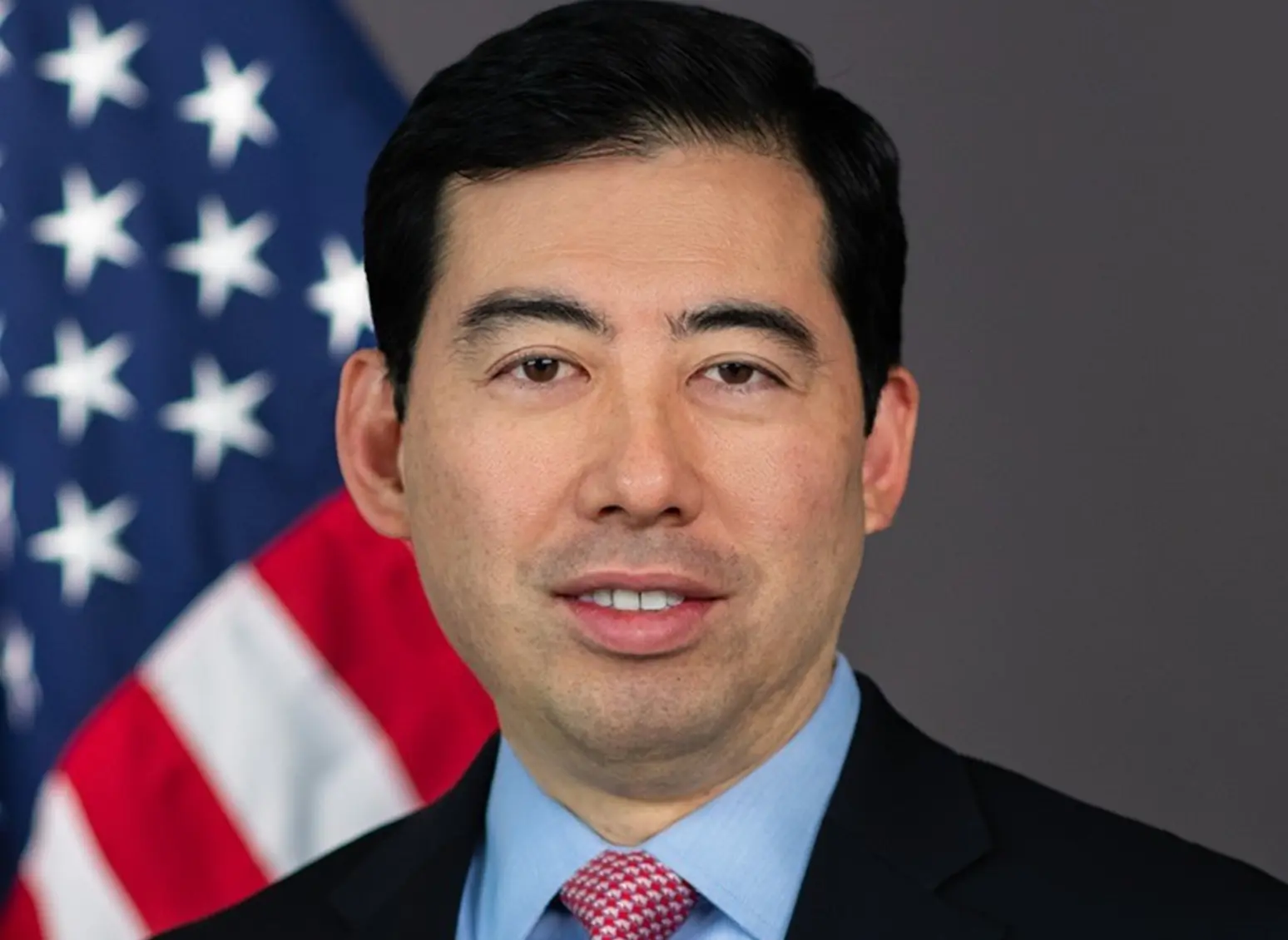ANALYSIS: Traders deploy ‘medium frequency' strategies as tech costs spiral
26th September, 2024|Radi Khasawneh

High frequency firms in Asia in Asia are increasingly expanding into medium frequency trading (MFT) strategies, in a bid to reduce trading costs as competition in the sector increases, according to a panel of experts
High frequency firms in Asia are deploying medium frequency trading (MFT) strategies to cut trading costs as competition in the sector increases, according to a panel of experts.
Speaking at the FOW Trading Singapore event on Wednesday, the global head of business development at BHFT said there has been a shift from high frequency strategies.
“It is really hard to predict how retail is going to add to the volume and volatility on a continuous basis,” Brook Teeter said. “In reality a lot of that is driven by the institutions, and one of the trends we are seeing is that a lot of the prop trading firms move more into a medium frequency from high frequency trading. Part of this is adaptability, and part of this is rules and regulation.”
Firms like Millennium have been utilising MFT strategies for decades. This is where firms that once relied on co-location, sponsored and direct market access have started holding medium term positions rather than relying on very fast turnaround through technology, he added.
“That is partially because the technology costs have gone so high and there is also a race to zero which has also been occurring for a number of years,” Teeter said. “One of the reasons is also that there is a fair amount of new entrants coming into the market, and they are trying to compete on that level with firms which have been around for 20 or 25 years and investing in their technology. These new entrants can come in and through MFT they can let the strategies do the work. They have the alpha driven by the actual portfolio managers or traders.”
The chief executive of Grasshopper, a high frequency specialist that has expanded into traditional asset management, agreed cost is a key factor in the trend.
“In the current day and a lot of developed markets, the barrier to entry is way too high,” James Leong said. “The cost of trading is high and the technology costs are incredible now… That path has now shifted and it has been aided by the fact that there is so much capital floating around.”
That capital has meant an increasing allocation to fund strategies, where firms can demonstrate a competitive advantage in terms of performance.
“The reality is we are sitting in a very capital rich environment after years of loosening and easy monetary policy,” Leong added. “Naturally the focus will be on being able to utilise and capture that capital.”
Another source of MFT flows is crypto firms which have the technology and are looking to move into more traditional markets. These strategies make an easier entry point for those entities, according to Teeter.
Speaking at the FIA International Derivatives Expo (IDX) in June, market practitioners agreed the approval of cryptocurrency exchange-traded products and notes (ETP/ETNs) across regions has created new avenues for price discovery, boosting institutional demand for the sector.
Looking ahead, the ability to more comprehensively analyse the data available would be useful as firms look to deploy advanced machine learning techniques and quantitative analysis.
“MFT will lend itself more to machine learning, more to deep neural networks and decision trees,” Teeter said. “I am far from an expert on any of this, but the data driven side of an MFT trade will bring in more signals that are required in both fundamentals and technical. So that is where that data side is being helped by a machine learning type of environment.“


